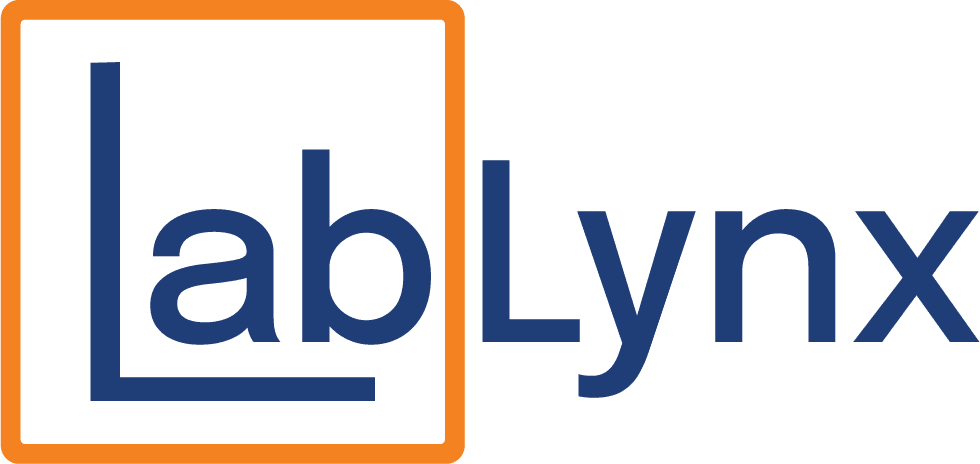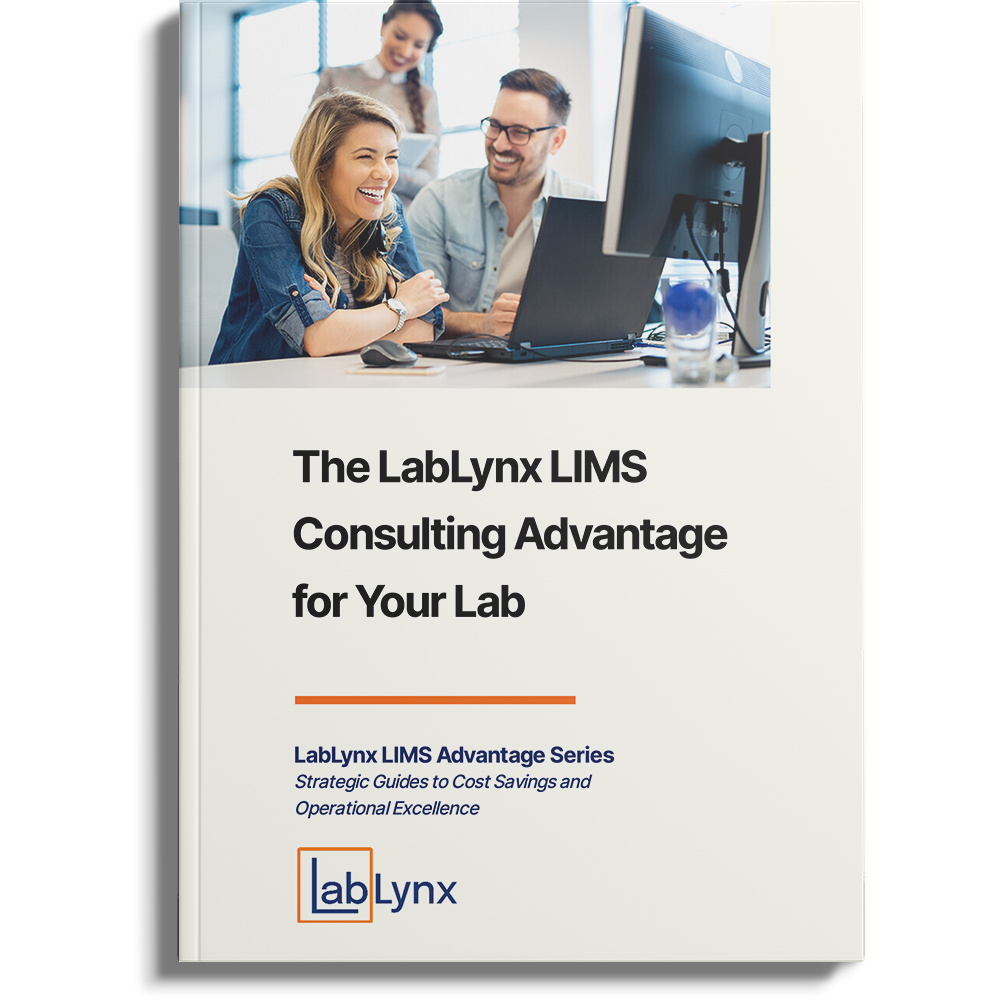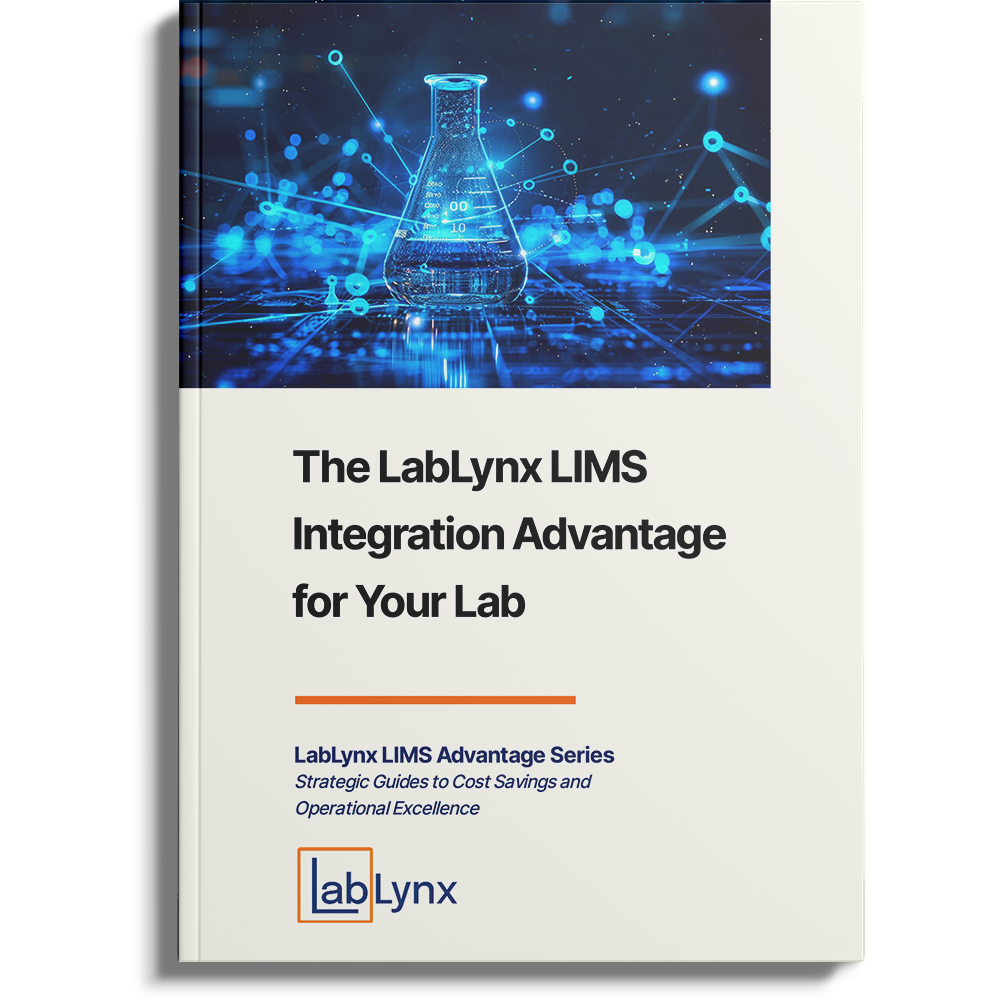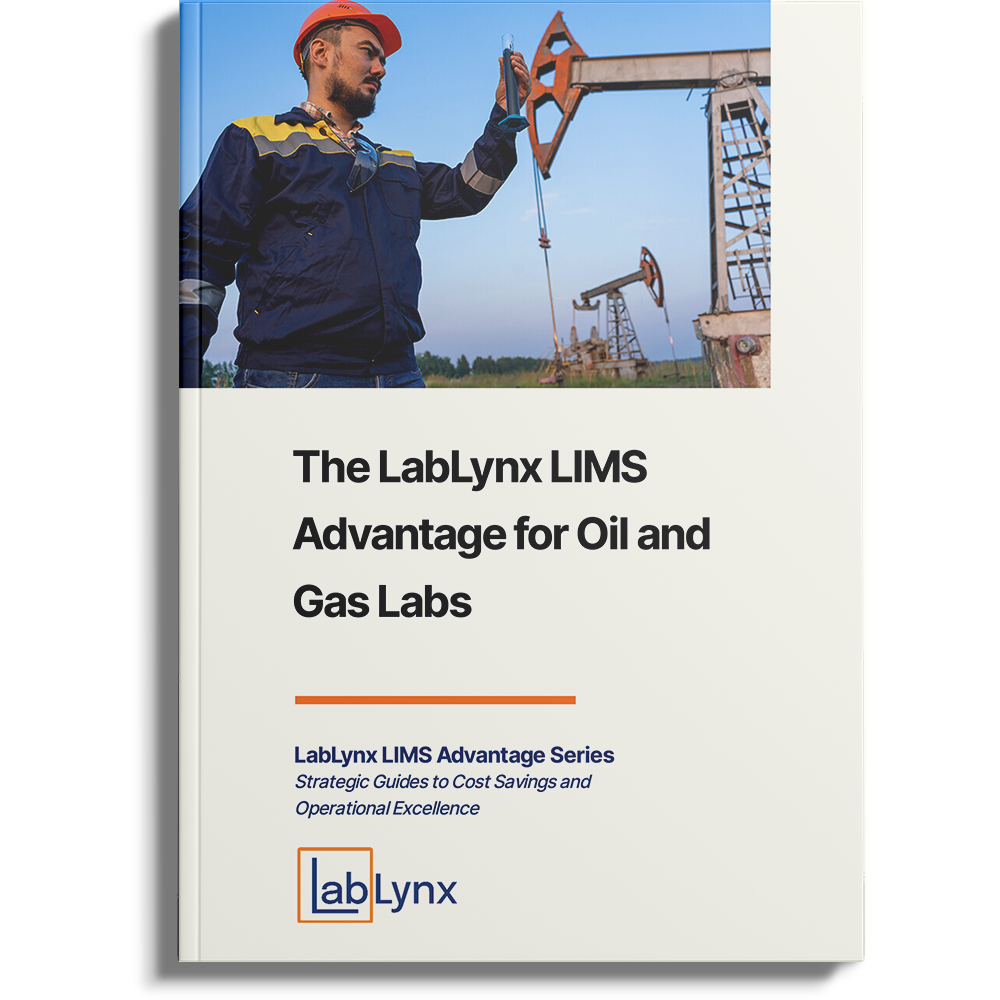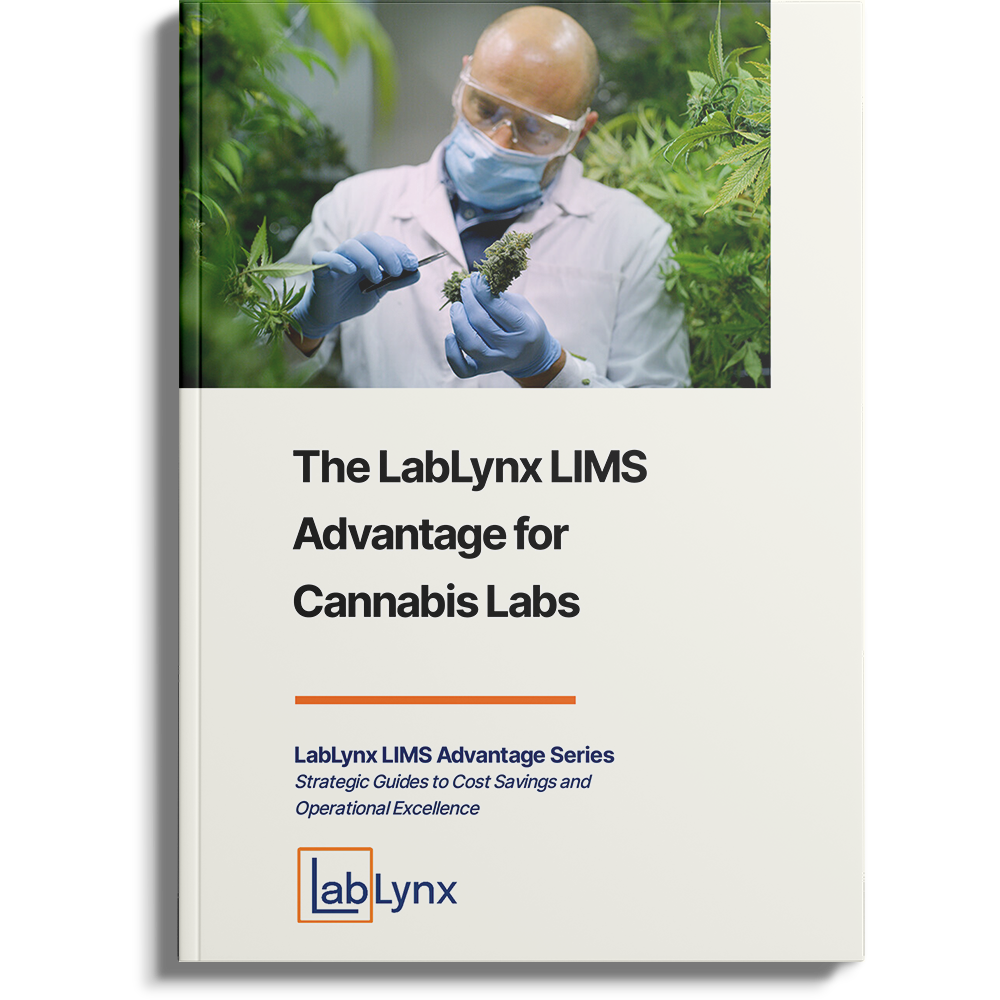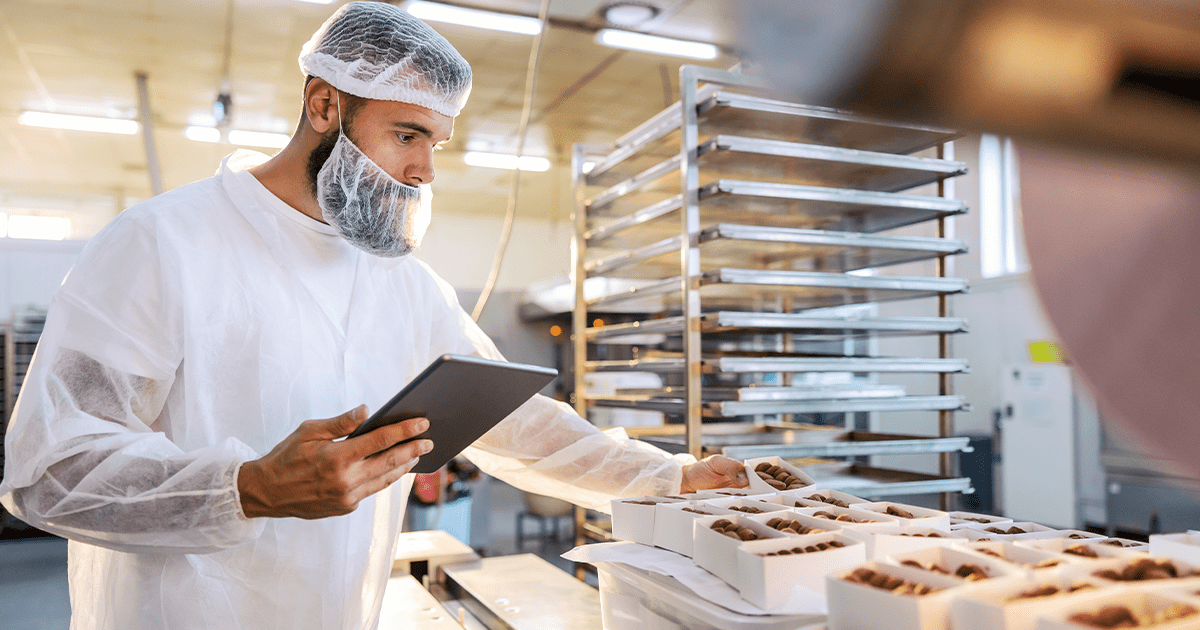
Food and beverage labs and the LAAF program
The Food Safety Modernization ACT (FSMA) was signed into law in January 2011, giving the U.S. Food and Drug Administration (FDA) broader authority to regulate how the country’s food supply is grown, harvested, and processed. The FSMA was amended in December 2021 to include the Laboratory Accreditation for Analyses of Foods (LAAF) rule, mandating that “testing of food in certain circumstances” be performed by LAAF-accredited laboratories[1], as part of the overarching goals of the FSMA. (However, the FDA notes that these testing scenarios represent “certain tests that are already occurring” in the food industry and aren’t new.[2]The FDA emphasizes that testing of food includes “the analysis of human or animal food, as well as testing of the food growing or manufacturing environment (i.e., ‘environmental testing’).”[2]
The “certain circumstances” of LAAF-mandated testing include when[2]:
- environments for sprouts test positive for Listeria species or L. monocytogenes as part of mandated environmental testing;
- egg producers of 3,000 or more laying hens reveal Salmonella enteritidis during mandated environmental testing;
- bottled drinking water facilities reveal Escherichia coli in their approved product and operations water sources as part of mandated environmental testing;
- the FDA issues a directed food laboratory order to any owner or consignee, specifying a particular food product or environment be tested for a food safety problem;
- the FDA conducts evidence-based hearings prior to a mandatory food recall order;
- the FDA reviews the corrective action plan for a registered food facility ordered to be suspended;
- the FDA examines submitted evidence as part of an administrative detention appeal process;
- a food article is submitted for admission of import or being offered for import into the U.S.; and
- a food article impacted by an import alert requires successful consecutive testing in order to be removed from the import alert.
For each method of food and beverage testing that is or will be LAAF-accredited, laboratories seeking LAAF accreditation must be able to demonstrate compliance with ISO/IEC 17025:2017 and show that each method has also successfully passed a proficiency test or comparable program within the last 12 months. It must also show that it uses appropriate reference materials or quality control samples for each sample batch tested under the LAAF rule. Of course, the lab must also comply with other obligations laid out by LAAF (e.g., conflict of interest requirements, documentation of qualifications and conformance, analytical requirements, records and reporting requirements, etc., addressed in the next section).[2]
LAAF accreditation is voluntary, and labs from both the United States and outside the U.S. are able to participate in the LAAF program.[3] As of the beginning of December 2023, there are 24 accredited laboratories and seven accreditation bodies.[4] The number of accredited labs is expected to grow (though the list of “certain circumstances” is limited, in turn likely limiting the number of labs finding it worth accrediting to the LAAF program), as the LAAF program won’t come into effect until well after “there is sufficient LAAF-accredited laboratory capacity for the food testing covered by the final rule.”[5] That capacity number isn’t known, but as more labs become LAAF-accredited, they will increasingly wish to ensure their informatics systems (e.g., laboratory information management systems [LIMS]) can not only help the lab continue to meet ISO/IEC 17025 requirements (which are referenced in LAAF and likely already in place for most high-level food and beverage labs) but also the additional requirements placed on the lab by the LAAF program itself.
LIMS requirements for labs accredited to LAAF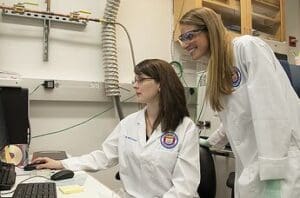
A food and beverage laboratory accredited to ISO/IEC 17025 is already likely to use a LIMS within their operations. That LIMS ideally addresses numerous standard user requirements for ISO/IEC 17025-accredited food and beverage labs, including tools for the provision of preloaded and configurable sample types and analytical test methods of the food and beverage industry; the management of documents, images, and attachments, with versioning and release controls; development of regulatory-driven safety plans, including building Hazard Analysis and Critical Control Points (HACCP) steps into laboratory workflows; and improvement of reaction time to non-conformances, including automatically messaging suppliers and re-prioritizing or pausing related activities. (For more on this, see How can a LIMS assist food and beverage industry compliance with ISO 22000 and ISO/IEC 17025?.) But what more does LAAF ask of the accredited lab, and what can a LIMS do to better address those LAAF requirements?
LAAF’s extra requirements are largely tied to sampling, analysis, reporting, and record keeping.[2] A quality LIMS solution should already address most of the following LAAF requirements, but the LIMS vendor may need to make a few minor adjustments to ensure better support for the LAAF-accredited lab.
Sample acquisition and client management
A standard LIMS will provide a means for capturing a wide variety of sample and client information, including product identifier(s), lot number, client name and street address, sampling time and date, sample size, sample identifier(s), sample quantity, sample collection procedures and preparations, and chain of custody. Some of these details may be captured as part of a sample or client management module of the system, though most will be documented at registration. However, LAAF also requires additional sampling documentation to be captured and sent by the lab. Can the LIMS attach qualifications documents to a client record? Can sampling plans, sample collection reports, and advance notice of sampling documentation be captured, stored, and linked to registered products or samples, scheduled analyses, or analytical reports? Can a received product and/or sample be designated as LAAF-related in the system?[6]
Analyses
The LAAF rule notes that analyses can be either food-related or environmental in nature. As such, the LIMS should be flexible enough to address the subtleties of these types of analyses and the sample matrices associated with them. The well-designed system will likely come preconfigured with multiple test types for food and environmental testing. However, the system will need to be configurable in its tests and workflow management to allow for the addition of new and customized tests and method-related workflows. This prompts a few questions. Can an existing or new test or workflow be flagged as being LAAF-specific and marked as validated for LAAF? Or is there some other means to ensure a LAAF-related sample can only be connected with a LAAF-accredited test method or workflow? Can a custom, FDA-approved method outside the scope of LAAF-accreditation be entered into the system and marked as being LAAF-useable? The system also should ensure an analyst assigned to a LAAF-specific product, sample, or test is qualified to conduct a LAAF analysis (which, by extension, means the system should be able to flag an analyst as LAAF-qualified). Finally, the entire analytical process that runs through the system should be capturing all the necessary details for what the FDA considers a “full analytical report” (see next section).[6]
Reporting and information packet submission
A quality food and beverage LIMS will capture information and data from reception to final archiving of results. The LAAF rule highlights the importance of ISO/IEC 17025:2017 and its demands for reporting results. While a robust LIMS will already address those requirements in its solution, a LIMS for LAAF will still want to address the reporting needs of both ISO/IEC 17025:2017 and LAAF. This includes many aspects such as report title, name and address of the laboratory, methods, used, date report issues, specific test conditions, and statement of conformity with requirements or specifications, among others. (For reference, see sections 7.8.2.1 and 7.8.3.1 of ISO/IEC 17025:2017 for the report requirements also required by the LAAF rule.)[7]
However, there’s more that a LAAF-accredited lab must report. These additional requirements can be met more readily with a reporting tool that allows for highly configurable reports. This would allow for LAAF-related elements such as U.S. Customs and Border Protection entry and line numbers, references to the analytical method used, name and signature of the analyst(s), calculations made, certificates of analysis, and the many other elements mentioned prior. Given that LAAF-accredited labs, under certain conditions, are able to submit abridged analytical reports to the FDA, a configurable reporting module will allow the lab to select either a full or abridged analytical report based on their current FDA-approved status with LAAF. Finally, that report will need to be electronically transmitted, and as such, the LIMS should be able to support, at a minimum, export of the information packet so it can be properly transmitted.[6]
Records management
The LAAF rule also imposes some records requirements on the laboratory, requiring document management, archiving, retention, and versioning tools to allow the lab to more readily meet those requirements. The LAAF-accredited lab will inevitably collect many documents as part of becoming accredited and enacting tests under the LAAF rule, beyond just test results. Does the system have the ability to manage multiple document formats? Is there sufficient secure storage? Can emails and other externally-generated documents be fed into and stored in the system? Given the five-year retention rule, the system should be flexible enough to handle retentions of that length, even if the documents and data are compressed and archived. It should be relatively painless to be able to retrieve all those records, in a timely fashion for regulatory purposes. Documents also need to be version-controlled should “significant amendments”[2] need to be made. Can the system retain all version of a document or dataset? Does the versioning procedure include the date of a change and identify the personnel responsible for the change? Can a “conspicuous” notice be added to the original document indicating a change has been made and where to view that changed document?[6]
References
- Laboratory Accreditation for Analyses of Foods, Final Regulatory Impact Analysis”. U.S. Food and Drug Administration. 3 December 2021. Retrieved 06 December 2023. https://www.fda.gov/about-fda/economic-impact-analyses-fda-regulations/laboratory-accreditation-analyses-foods-final-regulatory-impact-analysis
- U.S. Food and Drug Administration, Health and Human Services Department (3 December 2021). “Laboratory Accreditation for Analyses of Foods”. Federal Register. Retrieved 06 December 2023. https://www.federalregister.gov/documents/2021/12/03/2021-25716/laboratory-accreditation-for-analyses-of-foods
- Klemm, K. (26 April 2023). “Laboratory Requirements for the FDA LAAF Accreditation Program”. ANSI Blog . Retrieved 06 December 2023. https://blog.ansi.org/anab/laboratory-requirements-fda-laaf-accreditation/
- “Laboratory Accreditation for Analyses of Foods Program”. FSMA Data Dashboard. U.S. Food and Drug Administration. 2023. Retrieved 06 December 2023. https://datadashboard.fda.gov/ora/fd/laaf.htm
- “Laboratory Accreditation for Analyses of Foods (LAAF) Program & Final Rule – Frequently Asked Questions”. U.S. Food and Drug Administration. 26 October 2023. Retrieved 06 December 2023. https://www.fda.gov/food/food-safety-modernization-act-fsma/laboratory-accreditation-analyses-foods-laaf-program-final-rule
- Douglas, S.E. (21 February 2022). “LII:FDA Food Safety Modernization Act Final Rule on Laboratory Accreditation for Analyses of Foods: Considerations for Labs and Informatics Vendors”. LIMSwiki. Retrieved 06 December 2023. https://www.limswiki.org/index.php/LII:FDA_Food_Safety_Modernization_Act_Final_Rule_on_Laboratory_Accreditation_for_Analyses_of_Foods:_Considerations_for_Labs_and_Informatics_Vendors
- “ISO/IEC 17025:2017 General requirements for the competence of testing and calibration laboratories”. International Organization for Standardization. November 2017. Retrieved 06 December 2023. https://www.iso.org/standard/66912.html
